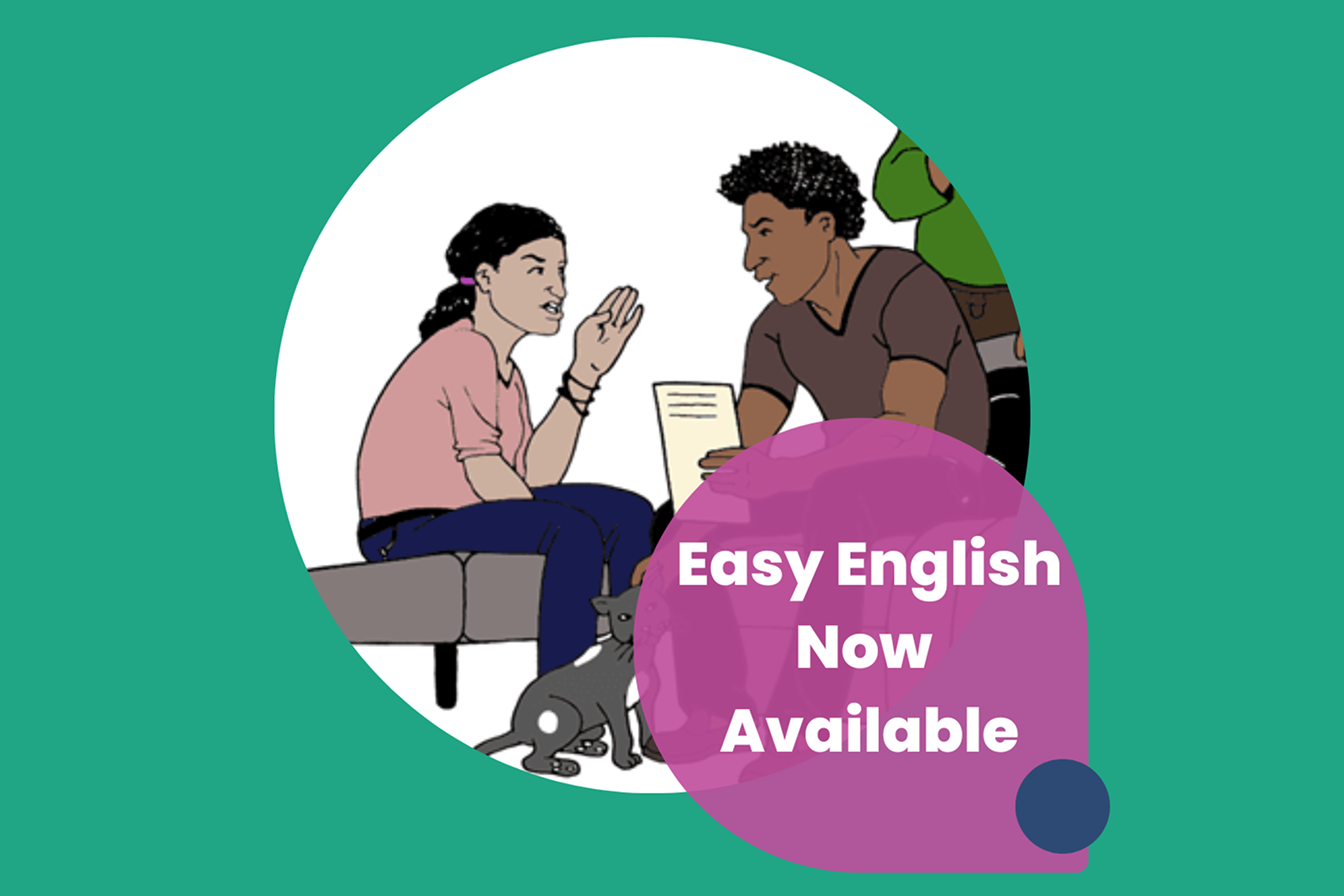Diagnosis of Cerebral Palsy is often in a child first two years, many signs may not be present from birth and it is often when a baby or child does not meet their Developmental milestones that investigations might be considered.
A parent or doctor may be alerted to the possibility of Cerebral Palsy if the baby displays unusual movements or has delayed motor development or if a brain scan (MRI) has been completed and abnormalities were detected in the brain then developmental milestones tend to be more closely monitored.
An unusual brain scan does not necessarily mean a Cerebral Palsy diagnosis, but instead just indicates that it could be a possibility. If a baby was very Premature, or there were complications during birth, it is likely that the baby’s health will be monitored quite closely. In these instances, a diagnosis may be reached much faster. However, Prematurity or delivery complications do not guarantee that a child will have Cerebral Palsy.
Some babies that are classified as high risk for Cerebral Palsy (Prematurity, had a stroke while in utero, or experienced complications at or after birth) may undergo a General Movements Assessment which can be conducted from birth until five months of age. It is a strong predictor of Cerebral Palsy, particularly when certain changes to the brain are seen on an MRI. The assessment takes around 3-5 minutes and involves taking a video of your baby which is evaluated to identify any absent or abnormal general movements your child may have.
A General Movements Assessment cannot predict the severity of cerebral palsy, but it can suggest that a baby is ‘at risk of Cerebral Palsy’, and early intervention can then start as early as possible.
If you have any concerns about your child's development it is always important to speak with a Health practitioner such as a GP or Maternal and Child Health Nurse. As a parent or carer, receiving any diagnosis for your child can be a scary and confusing time. The important thing to know is that you are not alone. If your child has just received a diagnosis of Cerebral Palsy and you are unsure of what to do next, or just want someone to chat to who understands, please contact us.
Treatments of CP
While there is no cure for Cerebral Palsy, the associated Disabilities can often be managed with appropriate Treatment and Therapies. The treatment plan will vary from person to person according to the type of CP they have and the severity of the symptoms.
A particular treatment may work for one person, but not another. It is imperative that each person is assessed individually by a medical specialist or Allied Health professional so that their specific needs can be identified and addressed over time.
It is important to also note that the original brain injury that caused the person’s CP cannot be cured. The resulting impairments however, can be managed with various treatments. The main way to do this is by Therapy and using adaptive equipment such as wheelchairs. Again, depending on the nature of the CP, Drug therapy and even Surgery may help. The objective of any treatment for people with Cerebral Palsy is always to maximise Independence, control pain, foster self-care and optimise Mobility and Communication.
Early Intervention
Early Intervention is essential to improving outcomes for babies and young children. Babies and children diagnosed with Cerebral Palsy or deemed to be at high risk of Cerebral Palsy will be referred to Allied Health professionals such as Occupational Therapists, Physiotherapists, Speech Therapists and monitored by health professionals such as a Neurologist and/or Paediatrician. This depends on the child’s individual needs and goals which will be linked to their development. An application for the National Disability Insurance Scheme (NDIS) can be submitted by a GP or Paediatrician to support provision of early intervention.
Brain development in a child's first two years is moulded by their experiences (often referred to as Neuroplasticity), and is very important to their Cognitive and Motor development. Specific Early Intervention Therapies are important in this window of brain development.
Early Intervention is based on each individual babies' goals. For example if a baby with Cerebral Palsy has not yet started to sit up this may be a goal worked on by a Physiotherapist and Occupational Therapist with various activities tailored to work towards this goal.

Clinical Coordinator (Registered Nurse)
CPSN




.avif)